eCommerce apps have revolutionized shopping, making it incredibly convenient. With eCommerce apps like Home Depot, you can order anything from party wear to home decor right from your couch. These apps provide a vast selection of home improvement products at your fingertips.
But is Investing in an Online Marketplace like Home Depot a smart move?
Well, investing in an eCommerce app like Home Depot can be a highly lucrative decision. Here are three compelling reasons to invest in this market:
- Rapid Growth: The eCommerce market is expanding rapidly, with the number of users expected to reach 3.6 billion by 2029. This growth is driven by the increasing adoption of smartphones and consumers’ preference for the convenience of online shopping.
- Profitable Business: Investing in an eCommerce app can increase sales and revenue by reaching a broader audience. Thus, investing in apps like Home Depot enables businesses to expand into new markets, grow online sales, and provide personalized shopping experiences.
- Cost-Effective: An app eliminates the need for physical stores and their associated overhead costs, such as rent and utilities. It also allows for more efficient inventory management and targeted marketing initiatives. So, by leveraging technology, businesses can increase return on investment, reduce overhead expenses, and streamline operations.
However, transitioning from a traditional store into an online platform like Home Depot is not always a piece of cake. You must take care of numerous things and set your budget. So, how can you do it right? In this blog, you can dive into the basics of creating apps like Home Depot and get prepared to launch yours. Let us get started!
What Are The Top 10 Features to Integrate in An eCommerce App?
Here are the features you should consider integrating into your eCommerce app to ensure success:
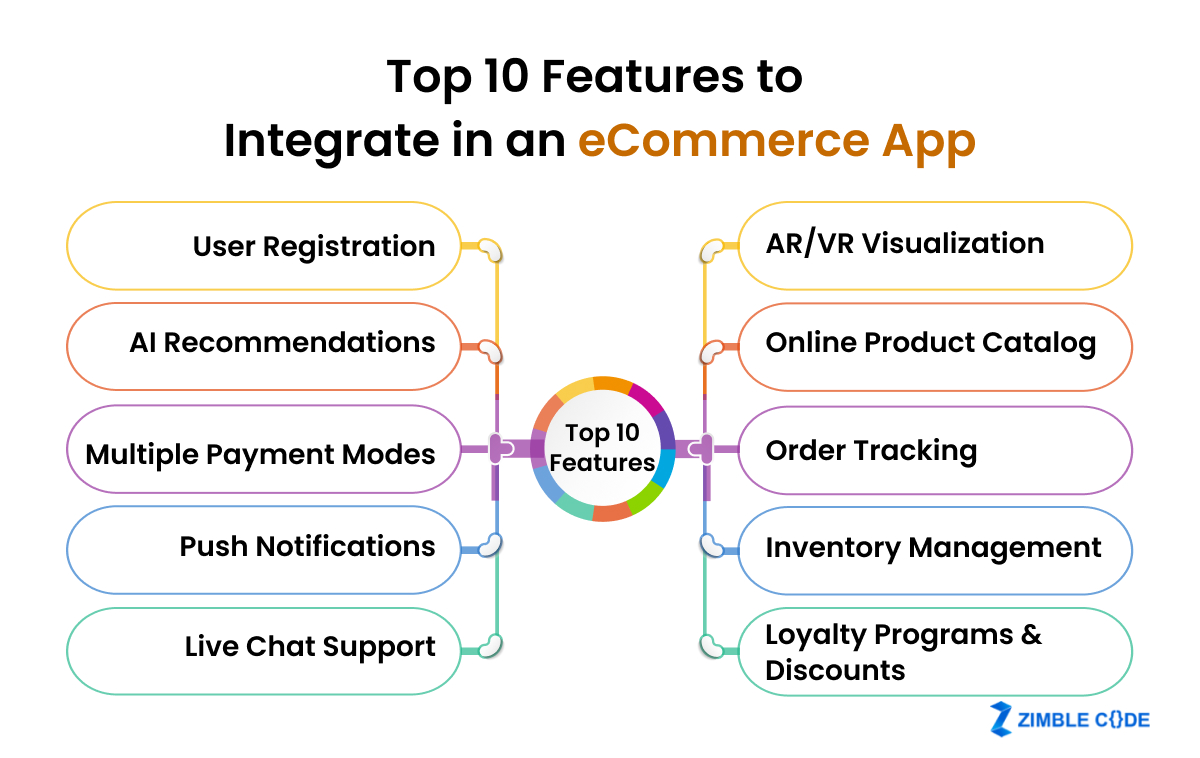
- User Registration: Allow customers to register as users to access the app’s shopping functions. This essential feature enables users to track orders, complete payments, and personalized shopping experiences. Implementing secure registration procedures ensures a seamless user experience, increasing user retention and engagement.
- AR/VR Visualization: Augmented reality (AR) and virtual reality (VR) allow customers to view products in real life before purchasing. This technology enhances the shopping experience, increases customer satisfaction, and reduces return rates by helping shoppers make informed decisions.
- AI Recommendations: Artificial intelligence-powered recommendation engines analyze user behavior and preferences to provide relevant product suggestions. This feature boosts revenue by offering personalized shopping experiences, increasing conversion rates, and improving customer satisfaction.
- Online Product Catalog: An extensive and well-organized online product catalog makes it easy for users to browse and search for products. Including rich content such as user reviews, detailed descriptions, and high-quality images helps customers make informed purchasing decisions.
- Multiple Payment Modes: Offering a wide variety of payment methods maximizes client satisfaction and retention. Incorporate options like digital wallets, debit/credit cards, and buy-now-pay-later choices. This strategy improves customer confidence, increases conversion rates, and provides security to users.
- Order Tracking: Order tracking is crucial as customers check their tracking page approximately 3.5 times per order. Providing real-time updates from order confirmation to delivery enhances customer satisfaction by informing them about their orders.
- Push Notifications: Push notifications keep users engaged by sending updates about order status, new arrivals, discounts, and personalized offers. With 52% of opt-ins are more likely to shop with a brand offering push notifications. Thus, timely and relevant alerts can drive re-engagement, increase sales, and improve customer retention.
- Inventory Management: Effective inventory management features ensure product availability is accurately reflected on the app. This helps maintain stock levels, prevent overselling, and provide customers access to the products whenever they want.
- Live Chat Support: Live chat customer support offers instant solutions to customer concerns and queries. With 60% of customers more likely to return to a live chat website, this feature enhances customer service, builds trust, and significantly improves the overall shopping experience.
- Loyalty Programs & Discounts: Implementing loyalty programs and discounts boosts customer loyalty and promotes repeat business. With 84% of consumers more likely to stick with a brand offering these programs, providing rewards points, exclusive deals, and discounts encourages repeat purchases, ultimately boosting long-term profitability.
What Are The Prime Factors That Affect The Cost Of eCommerce App Development?
Did you know? An eCommerce app involves various complex factors, including the following:
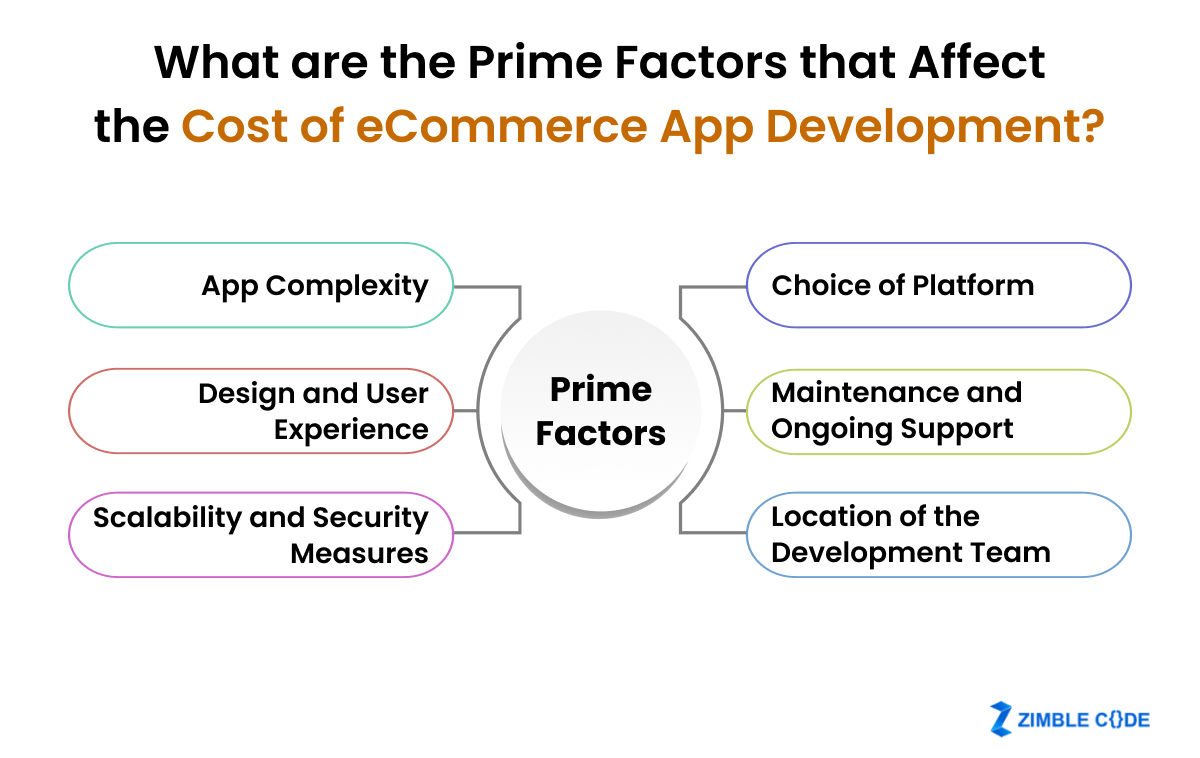
- App Complexity: The complexity of features significantly impacts development costs. Essential apps with standard shopping functionalities are less expensive. Integrating advanced features like payment gateways, AR, AI, advanced analytics, multi-language support, and system integration can increase the overall budget.
- Choice of Platform: The choice of platform—iOS, Android, or cross-platform—affects development costs. iOS development may have lower testing and deployment costs due to fewer device variations, while Android requires more testing across diverse devices, potentially increasing costs.
- Design and User Experience: Design and user experience (UX) significantly influence costs. A visually appealing interface requires skilled designers, increasing expenses. Enhancing UX involves multiple revisions and testing phases, impacting the overall budget.
- Maintenance and Ongoing Support: Regular updates, security improvements, and continual user support are critical for app longevity and effectiveness. Addressing user feedback through updates refines functionality and UX. Budgeting for ongoing maintenance and support is crucial for sustained success and operational stability.
- Scalability and Security Measures: Scalability ensures the app can handle increased traffic and transactions, supporting growth but impacting initial costs. Robust encryption and secure payment gateways protect user data and maintain trust, enhancing user confidence and safeguarding against breaches.
- Location of the Development Team: The location of the development team significantly impacts costs. Hourly development rates vary globally, with regions like Asia offering cost-effective solutions. Outsourcing can optimize costs while maintaining quality.
How Much Will it Cost To Develop An eCommerce App in 2024?
The eCommerce app development cost in 2024 can be categorized under three segments based on the integrated features
Segment 1: Basic eCommerce App
Features: Basic shopping functionalities, user registration, product catalog, and essential payment integration.
Estimated Cost: $30,000 to $60,000
Segment 2: Mid-Range eCommerce App
Features: Advanced product search, multiple payment options, order tracking, push notifications, basic AI recommendations, and improved design.
Estimated Cost: $60,000 to $150,000
Segment 3: Advanced eCommerce App
Features: Custom AR/VR features, AI-powered recommendations, complex payment gateway integration, multi-language support, advanced analytics, high-level security, and extensive customer support options.
Estimated Cost: $150,000 to $300,000+
Wrapping Up!
Developing an eCommerce app like Home Depot requires a comprehensive approach. You must handle everything- from ideation and planning to development and post-launch support. This will allow your app to stand out in a competitive marketplace and deliver your users a feature-rich and seamless experience.
You can also hire professional eCommerce app developers from a reliable company like ZimbleCode. Their team delivers expertise, innovation, and a thorough understanding of market needs, allowing you to launch your app and thrive in this competitive market.
Frequently Asked Questions (FAQs)
Q1. How long does building an eCommerce app like Home Depot take?
Building an eCommerce app like Home Depot generally takes between 6 to 12 months, depending on the app’s complexity, features, and the experience of the development team.
Q2. What security measures should you consider when developing an eCommerce app?
You must implement strong encryption, secure payment gateways, comply with PCI DSS standards, and integrate advanced fraud detection systems to protect user data and transactions effectively.
Q3. How can I ensure my eCommerce app meets user expectations and drives engagement?
You must deliver a seamless user experience, personalized recommendations, streamline checkout, and provide excellent customer support. It is also essential to update your app based on feedback and trends to enhance engagement and retention.

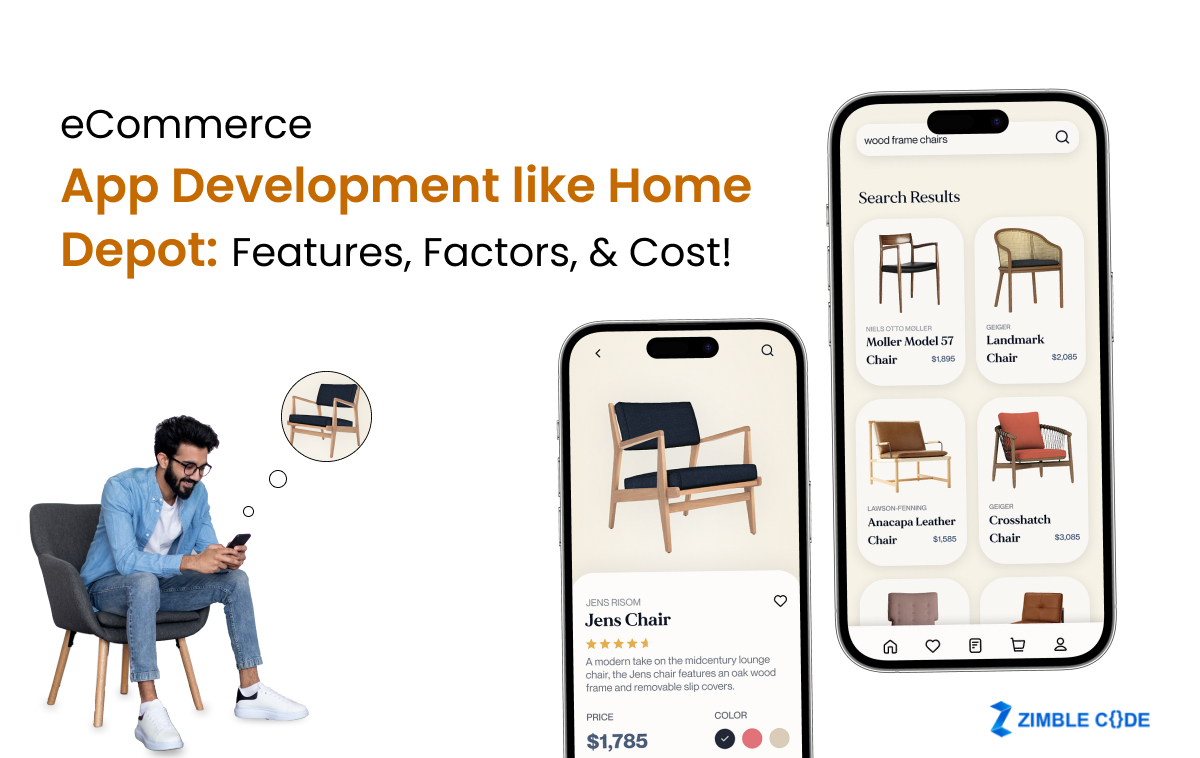

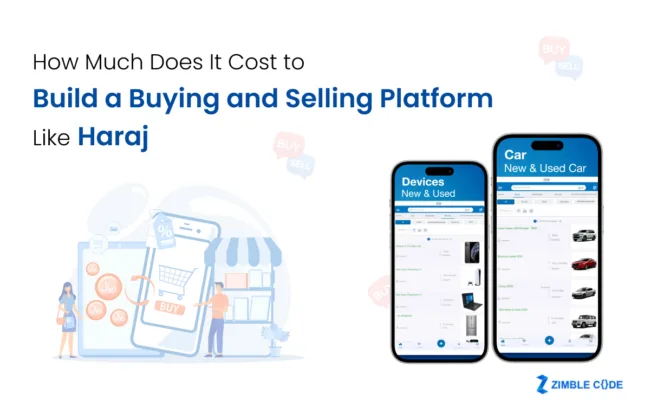

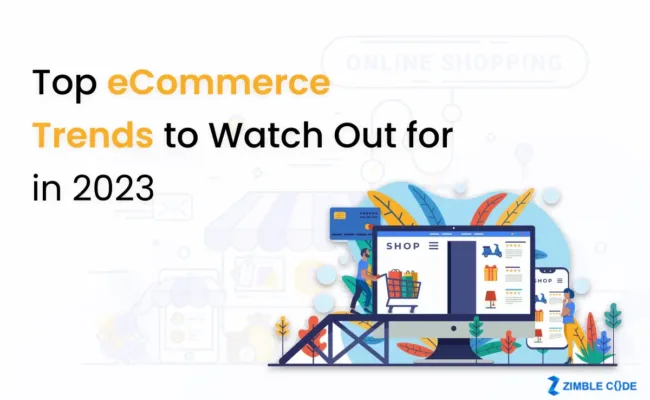
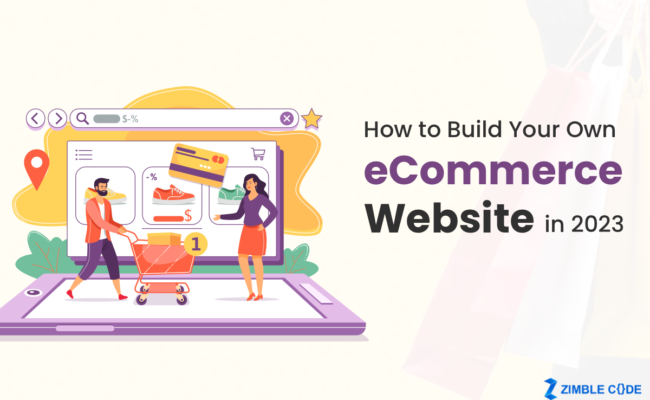

Leave A Comment